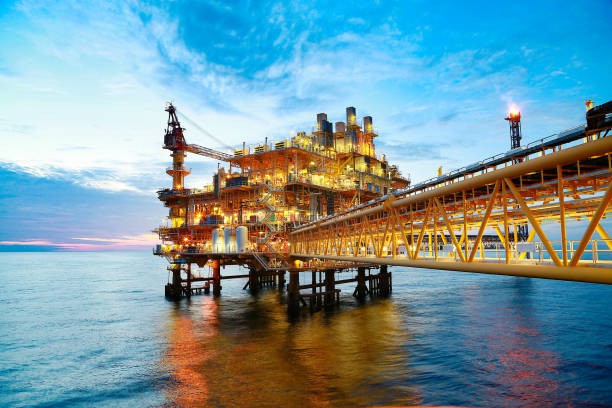
Offshore vessels are an essential component of the oil and gas industry. These vessels play a crucial role in supporting offshore exploration, production, and transportation activities. In this article, we'll explore everything you need to know about offshore vessels, including their types, uses, and features.
What are Offshore Vessels?
Offshore vessels are ships designed to operate in the open sea, beyond the coastal waters. These vessels are built to withstand the harsh marine environment and are equipped with specialized equipment to perform specific tasks. They are used in a variety of offshore activities, such as drilling, production, and transportation.
Types of Offshore Vessels
There are several types of offshore vessels, each designed for a specific purpose. Here are some of the most common types of offshore vessels:
1. Platform Supply Vessels (PSVs)
Platform Supply Vessels, also known as PSVs, are designed to supply equipment, fuel, and provisions to offshore platforms. These vessels are equipped with large cargo holds and are capable of carrying a wide range of supplies, including drilling equipment, pipes, and tools.
2. Anchor Handling Tug Supply Vessels (AHTS)
Anchor Handling Tug Supply Vessels, also known as AHTS, are used to support offshore drilling operations. These vessels are equipped with powerful winches and towing equipment to move drilling rigs and other heavy equipment from one location to another. AHTS vessels are also used for towing and positioning offshore platforms.
3. Platform Support Vessels (PS)
Platform Support Vessels, also known as PS, are designed to provide support to offshore platforms. These vessels are equipped with cranes and other specialized equipment to perform maintenance and repair tasks on offshore platforms.
4. Offshore Construction Vessels (OCVs)
Offshore Construction Vessels, also known as OCVs, are used for offshore construction projects. These vessels are equipped with cranes and other heavy equipment to install and repair offshore structures, such as pipelines and platforms.
5. Floating Production Storage and Offloading Vessels (FPSOs)
Floating Production Storage and Offloading Vessels, also known as FPSOs, are used for offshore oil and gas production. These vessels are equipped with processing facilities to separate and store oil and gas produced from offshore wells. FPSOs are usually stationed near offshore wells and are connected to them via pipelines.
Uses of Offshore Vessels
Offshore vessels are used in a wide range of offshore activities, including:
Features of Offshore Vessels
Offshore vessels are built to withstand the harsh marine environment and are equipped with specialized features to perform specific tasks. Here are some of the common features of offshore vessels:
Advantages of Offshore Vessels
Offshore vessels offer several advantages over onshore operations, including:
Conclusion
Offshore vessels play a vital role in the oil and gas industry, enabling exploration, production, and transportation activities in the open sea. There are several types of offshore vessels, each designed for a specific purpose, and they offer several advantages over onshore operations. Understanding the types, uses, and features of offshore vessels is essential for anyone involved in the offshore industry, from operators to investors.
Dredgers are important machines used for excavation and land reclamation in water bodies. They come in different shapes, sizes, and types, depending on the specific purpose they are designed for. I....
Pilot boats play a vital role in ensuring the safety and efficiency of maritime transportation. These boats are designed to transport pilots to and from ships that require their expertise in navig....
Self-propelled barges are vessels that are designed to transport large quantities of cargo on inland waterways. These barges are propelled by their own engines, making them highly efficient and cos....
Barge/ Dumb Barge A barge is a flat-bottomed boat that is designed to transport goods or people on inland waterways or near-shore locations. Dumb barges, also known as unpowered barges, are t....